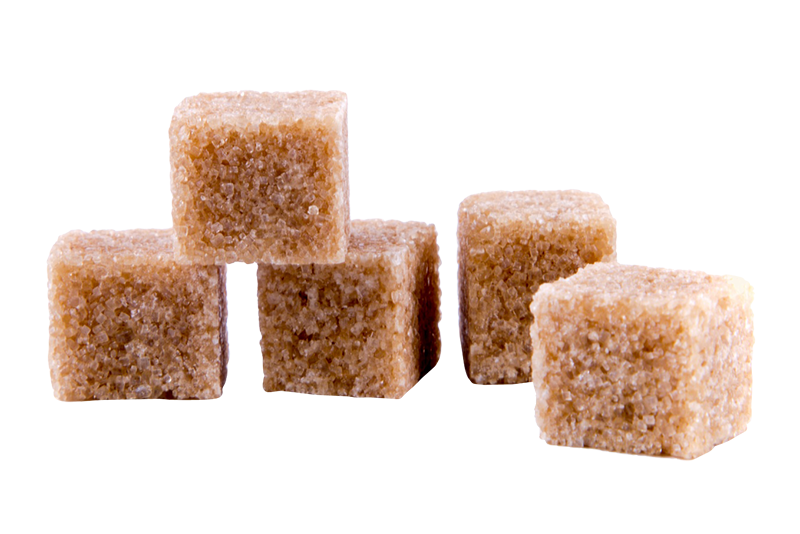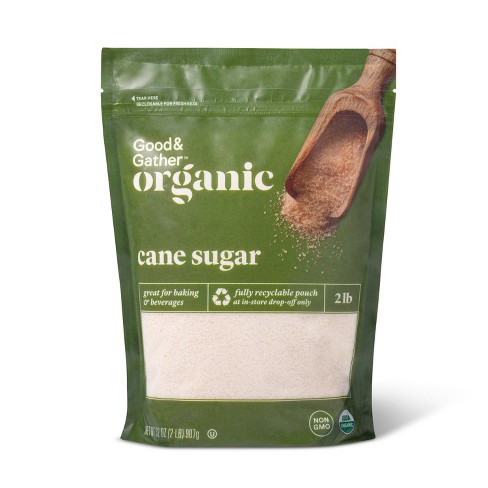A Comprehensive Overview to the Ecological Influence and Sustainability Practices in Walking Stick Sugar Handling
The environmental effect of walking cane sugar handling presents a complex variety of challenges that warrant careful exam. From dirt deterioration and extreme water use to the carbon footprint related to cultivation and manufacturing, the effects of conventional practices are far-reaching. In contrast, the fostering of cutting-edge sustainability steps uses a pathway toward a lot more liable production methods. Recognizing the interaction in between these concerns is vital for stakeholders in the sector. What particular methods can be executed to strike an equilibrium in between performance and ecological stewardship? The responses hinge on a more detailed consider both the difficulties and potential services.
Review of Cane Sugar Processing
Cane sugar handling entails a series of methodical actions that transform sugarcane into refined sugar. Initially, collected sugarcane is moved to refining centers, where it undergoes cleaning up to get rid of soil and particles. Following this, the walking cane is crushed to extract juice, which is after that clarified by removing pollutants via heating and the addition of lime.
The made clear juice undertakes dissipation, where water is removed to concentrate the sugar web content. These crystals are separated from the remaining syrup using centrifugation, resulting in raw sugar.
The last product is then dried out and packaged for distribution. Throughout this entire process, preserving performance and high quality control is important to make certain the sugar satisfies industry criteria. Each action in cane sugar handling not just adds to the end product however additionally has ramifications for source usage and waste generation, setting the stage for conversations on sustainability and ecological effects related to sugar manufacturing.
Environmental Difficulties of Production
The production of walking stick sugar presents several considerable ecological obstacles that warrant interest. One key problem is the substantial use agrochemicals, consisting of pesticides and plant foods, which can lead to dirt destruction, biodiversity loss, and contamination of regional water resources. The drainage from sugarcane areas often carries these chemicals into close-by communities, disrupting water life and impacting the wellness of areas reliant on these water bodies.
Another difficulty is the high power consumption related to sugarcane processing. The boiling and refining stages require substantial warm, mostly created by melting nonrenewable fuel sources, adding to greenhouse gas emissions. Additionally, the large acreage required for sugarcane farming can result in logging and environment devastation, more intensifying climate modification and threatening wild animals.
Moreover, the labor techniques in some regions increase honest issues, as employees may encounter inadequate working problems and poor incomes. This situation typically continues a cycle of poverty in regional neighborhoods. Cane Sugar Processing. Attending to these ecological challenges is vital for establishing a lot more sustainable methods in walking cane sugar manufacturing, ultimately profiting both the environment and the areas associated with this market
Water and Land Usage Influence
Water resources and land usage are important parts in the cane sugar sector that substantially influence the environment. The farming of sugarcane requires considerable water input, with quotes suggesting that it can consume as much as 2,000 litres of water per kg of sugar created. This extensive usage of water commonly causes depletion of neighborhood water resources, impacting not only the sugarcane vineyards but additionally bordering environments and communities that rely upon the exact same water resources for farming and domestic use.

Moreover, land use for sugarcane farming can bring about logging and the conversion of natural habitats right into monoculture vineyards. This technique diminishes biodiversity, disrupts neighborhood ecosystems, and adds to dirt degradation. The development of sugarcane fields often trespasses on useful farming land, developing competition for sources between food and biofuel manufacturing.
Sustainable practices, such as maximizing irrigation techniques and applying crop turning, are vital to mitigate these influences. By embracing more reliable water usage and land management strategies, the cane sugar sector can minimize its eco-friendly impact, guaranteeing a balance between farming performance and ecological preservation.
Greenhouse Gas Emissions
Greenhouse gas discharges represent a substantial environmental issue within the walking cane sugar processing industry, specifically as farming methods broaden to satisfy international demand. The farming of sugarcane, a plant that thrives in tropical environments, depends greatly on synthetic fertilizers and pesticides, which add to nitrous oxide emissions. In addition, land-use modifications, consisting of deforestation for brand-new sugarcane haciendas, release co2 saved in plant life and dirt.
Throughout handling, power intake is another significant source of greenhouse gas emissions - Cane Sugar Processing. Numerous sugar useful content mills utilize fossil fuels to power equipment and generate warmth, resulting in considerable carbon footprints. Additionally, the transportation of raw sugarcane and ended up products adds layers of emissions with fuel combustion in automobiles
This includes assessing current agricultural methods, processing techniques, and transport systems to recognize locations for improvement and reduction. Dealing with greenhouse gas exhausts is essential for fostering a more lasting cane sugar market in a transforming climate.

Sustainable Practices and Innovations
Lasting techniques and technologies are progressively essential in the cane sugar handling sector as stakeholders seek to decrease ecological influences while preserving productivity. One significant innovation is the application of integrated crop monitoring, which maximizes resource usage by combining soil management, bug control, and plant rotation methods. This strategy boosts yield while lessening chemical inputs and maintaining dirt health and wellness.
Furthermore, the adoption of eco-friendly energy resources, such as biomass from sugarcane deposits, has acquired grip - Cane Sugar Processing. By converting waste items into energy, processing centers can reduce their Learn More Here reliance on nonrenewable fuel sources, consequently reducing greenhouse gas discharges
Water monitoring practices have actually likewise seen enhancements via the recycling and reusing of water in processing plants, considerably decreasing freshwater usage. Technologies in innovation, such as precision farming, allow farmers to keep track of plant health and resource usage much more effectively, ensuring sustainable cultivation practices.
Moreover, qualification programs like Fair Profession and Rain forest Partnership encourage eco responsible farming methods and promote social equity within the supply chain. By welcoming these lasting practices and developments, the cane sugar handling market can enhance its strength and contribute positively to ecological stewardship.
Conclusion
The ecological influence of cane sugar handling offers substantial challenges, consisting of dirt deterioration, high water intake, and greenhouse gas exhausts, along with moral worries associated to labor methods. Dealing with these concerns via sustainable techniques, such as incorporated crop administration, renewable resource fostering, and water recycling, is vital. By advertising socially equitable and environmentally liable methods in sugar manufacturing, the sector can alleviate its unfavorable effects, making sure a more lasting future for both ecological communities and neighborhoods included in this industry.
Walking stick sugar handling entails a series of methodical actions that transform sugarcane right into polished sugar. Each step in cane sugar processing not just adds to the last product but additionally has effects for source usage anonymous and waste generation, setting the phase for discussions on sustainability and ecological influences linked with sugar production.
Greenhouse gas exhausts represent a substantial environmental issue within the walking stick sugar processing sector, specifically as agricultural methods increase to fulfill worldwide need.Sustainable techniques and advancements are significantly essential in the cane sugar handling sector as stakeholders look for to minimize environmental effects while keeping performance.The environmental effect of walking cane sugar processing provides considerable difficulties, consisting of soil deterioration, high water intake, and greenhouse gas discharges, alongside ethical worries related to labor methods.